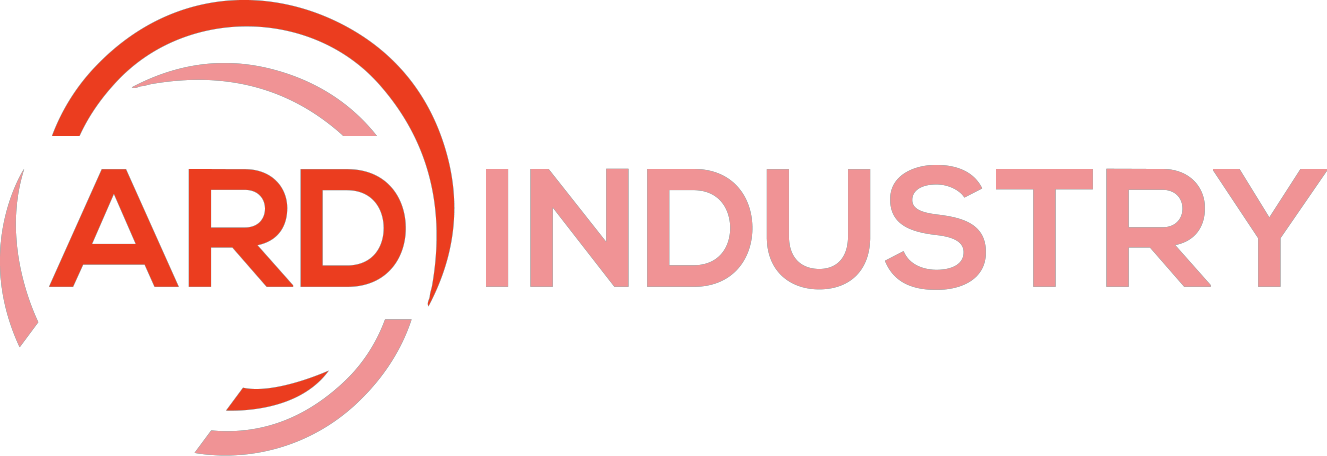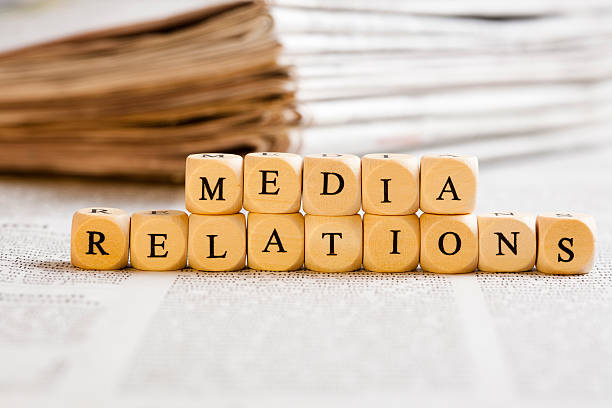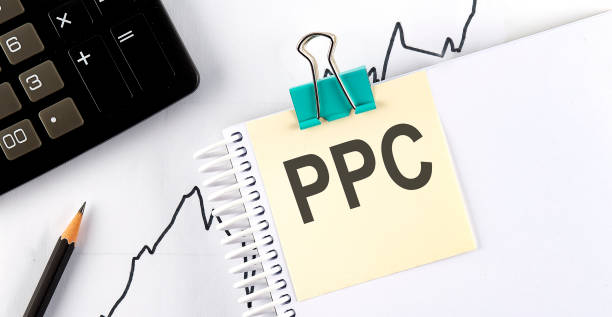Mastering Media Relations for Greater Agency Visibility
Have you ever wondered how some agencies seem to always be in the spotlight while others struggle to gain recognition? What’s their secret to standing out in a sea of competitors? The answer often lies in mastering media relations.
In today’s competitive landscape, building strong relationships with the media isn’t just a “nice-to-have” – it’s a must-have for agencies looking to elevate their brand visibility. But how do you navigate this complex world of press releases, journalist outreach, and earned media? And more importantly, how can you ensure your efforts translate into tangible results for your agency?
Let’s explore how mastering media relations can transform your agency’s visibility, solidify your reputation, and open doors to incredible opportunities.
Why Media Relations Matters
Media relations isn’t just about getting your name in the news; it’s about creating trust and credibility. When done right, it positions your agency as a thought leader, an industry expert, and a reliable source of information. Here’s why it’s essential:
- Enhanced Brand Awareness: Regular media coverage introduces your agency to new audiences, increasing brand visibility.
- Credibility and Trust: Media mentions help establish your agency as a trusted authority within your industry. Being featured in reputable outlets or alongside influential figures boosts your credibility.
- New Business Opportunities: Media exposure often leads to new leads, partnerships, or collaborations, all of which can help your agency grow.
- Reputation Management: Positive media coverage can help build a positive brand image, while negative press (when handled well) can turn into an opportunity for transparency and growth.
Now that we know why media relations matter, let’s dive into how you can master this essential aspect of your marketing strategy.
1. Building Strong Media Relationships
The foundation of successful media relations is building genuine relationships with journalists, editors, and influencers. But how do you get started?
Be a Source of Value
First and foremost, media professionals are looking for valuable, relevant content. Offering them newsworthy stories, industry insights, and expert commentary positions you as a reliable and trustworthy source. Instead of merely pitching your agency’s services, think about how you can provide value to their audience.
For example, if you work in the marketing industry, sharing a well-researched case study or offering expert analysis on upcoming trends could be invaluable to a journalist covering the latest in digital marketing.
Personalized Outreach – Media Relations
When reaching out to media professionals, avoid sending generic emails. Take the time to personalize your pitch by referencing the journalist’s previous work, aligning your story with their editorial calendar, and offering a unique angle they may not have considered. The more relevant and personalized your pitch, the more likely it is to be noticed and covered.
Follow Up – But Don’t Overwhelm
It’s important to follow up with journalists after your initial pitch, but keep it polite and respectful. A simple follow-up email or call can remind them of your story without being overbearing. Remember, media professionals are often busy, so don’t expect an immediate response – but also don’t disappear entirely.
2. Crafting a Newsworthy Story
Once you’ve established strong media relationships, the next step is crafting stories that will catch the attention of journalists. Here’s how you can make your agency’s story stand out in the crowded media landscape:
Focus on Timeliness
Journalists are always looking for relevant, timely stories. Tie your press release or pitch to current events, industry trends, or upcoming events that may interest your audience. For example, if your agency is launching a new service just as a significant industry shift is happening, that’s newsworthy.
Create Compelling Headlines
The headline is your first chance to grab the journalist’s attention – so make it count! Craft headlines that are clear, concise, and intriguing. Avoid being overly promotional, and instead focus on what makes the story compelling or newsworthy. For instance, instead of saying, “XYZ Agency Launches New Service,” try something like, “XYZ Agency Revolutionizes Digital Marketing with Groundbreaking New Service.” The latter sparks curiosity.
Share Unique Insights – Media Relations
Journalists are inundated with countless press releases and pitches, so yours must stand out by offering unique insights. Instead of just announcing news, include expert commentary, data-backed insights, or opinions on industry trends. This helps position your agency as a thought leader and gives journalists something valuable to work with.

3. Leverage Press Releases and Media Kits – Media Relations
Press releases remain a cornerstone of media relations. However, it’s important to ensure that your press releases are well-crafted and align with journalistic standards.
Write Clear and Concise Press Releases
A press release should provide all the necessary information while remaining concise and easy to understand. Journalists don’t have time to sift through long documents. Structure your press release with the most important details at the top and follow with supporting information. Make sure to include the 5 W’s: Who, What, When, Where, and Why.
Distribute Your Press Release Wisely
Distribute your press release to the right journalists, outlets, and media contacts. Don’t send it to every journalist on your list – instead, target those who cover your industry or topic specifically. If you’re using a distribution service, choose one that has a track record of reaching relevant media outlets.
Create a Media Kit
A media kit is an essential tool for journalists. It should include everything they need to cover your story, such as your agency’s background, key team members, relevant images or logos, and contact details. By having a media kit ready, you make it easy for journalists to cover your agency and increase the likelihood of coverage.
4. Amplify Your Media Coverage
Once your agency gets media coverage, it’s time to amplify it. Don’t let your hard-earned press mentions go unnoticed. Instead, actively promote them to increase their impact.
Share on Social Media
Social media platforms are powerful tools for amplifying media coverage. Whenever your agency is mentioned in the press, share the article or news clip on your social channels. Not only does this show your audience that your agency is getting recognized, but it also gives your content a wider reach.
Add It to Your Website – Media Relations
Feature your media mentions on your website – especially on your homepage, press page, or in the footer. This will build your agency’s credibility and allow website visitors to see that you’re a trusted industry authority.
Repurpose Content
Consider repurposing the media coverage into other formats. For example, if your agency is featured in an article, turn it into a blog post, video, or podcast episode. This not only maximizes the value of the coverage but also gives you more opportunities to share the content with your audience.
5. Measure the Impact of Your Media Relations – Media Relations
Like any other marketing effort, it’s important to measure the success of your media relations strategy. Use metrics to track your progress and understand what’s working – and what’s not.
Monitor Media Mentions
Keep track of any mentions of your agency in the media. This includes traditional outlets (newspapers, magazines) and online publications. Tools like Google Alerts or media monitoring platforms can help you stay on top of your media coverage.
Analyze Traffic and Engagement
After a media mention, monitor any spikes in website traffic, social media engagement, or inquiries. This will help you understand how your media relations efforts are impacting your agency’s visibility and lead generation.
Refine Your Approach
If certain types of media outlets or stories are bringing in more leads or visibility, refine your media outreach strategy to focus more on those areas. Continuous improvement is key to mastering media relations.

Conclusion: Media Relations
Mastering media relations is an ongoing process that can lead to immense benefits for your agency. By building authentic relationships with the media, crafting compelling stories, leveraging press releases, amplifying your coverage, and measuring your impact, you can increase your agency’s visibility and position your brand as an industry leader.
The key takeaway? Media relations is not just about gaining press coverage; it’s about strategically building your reputation, earning trust, and creating opportunities that will help your agency thrive in the long run.
So, are you ready to start mastering media relations and boosting your agency’s visibility? Start with these strategies today, and watch your brand rise to new heights!








